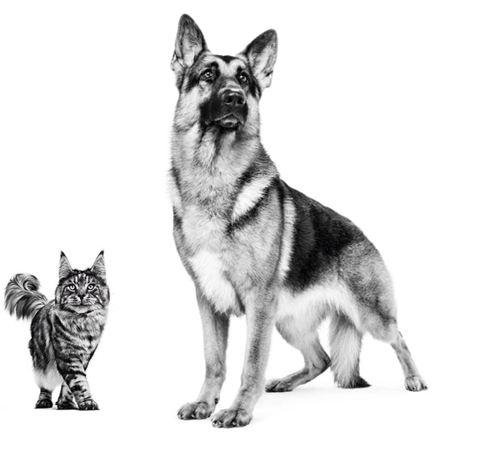
Get access to all handy features included in the IVIS website
- Get unlimited access to books, proceedings and journals.
- Get access to a global catalogue of meetings, on-site and online courses, webinars and educational videos.
- Bookmark your favorite articles in My Library for future reading.
- Save future meetings and courses in My Calendar and My e-Learning.
- Ask authors questions and read what others have to say.
Tracheobronchiale Fremdkörper bei Hunden und Katzen
Get access to all handy features included in the IVIS website
- Get unlimited access to books, proceedings and journals.
- Get access to a global catalogue of meetings, on-site and online courses, webinars and educational videos.
- Bookmark your favorite articles in My Library for future reading.
- Save future meetings and courses in My Calendar and My e-Learning.
- Ask authors questions and read what others have to say.
Read
Einleitung
Inhalierte Fremdkörper kommen bei Hunden insgesamt eher selten vor. Im typischen Fall handelt es sich (zumindest in Großbritannien) um die Inhalation von Gerstenähren oder Grasbestandteilen. Betroffen sind insbesondere sportlich aktive Rassen, und oft handelt es sich um Hunde in einem eher jungen Alter (1). Auch bei Katzen treten Atemwegsfremdkörper recht selten auf (2), und meist handelt es sich, wiederum in Großbritannien, um die Inhalation von Steinchen, Knochen oder Pflanzenteilen. Zu beachten ist, dass bei Katzen mit höherer Wahrscheinlichkeit nasopharyngeale Fremdkörper festzustellen sind. Nach der richtigen Diagnose lässt sich die Mehrzahl der Atemwegsfremdkörper mit Hilfe der geeigneten Technik auf endoskopischem Weg entfernen. [...]
Kernaussagen
- Aktive Hunde, die über Wiesen oder Kornfelder rennen, sind besonders prädisponiert für die Inhalation von Fremdkörpern
- Die klinische Symptomatik kann lang anhalten, wenn der Fremdkörper nicht entfernt wird
- Die Röntgenbefunde sind oft charakteristisch und umfassen eine lokale Weichteilgewebeverschattung meist in einem der kaudalen Lungenlappen
- Die endoskopische Entfernung des Fremdkörpers ist meist erfolgreich
- Komplikationen bei Atemwegsfremdkörpern können auftreten, sind aber selten; sie umfassen Pyothorax, Hämorrhagie und Pneumothorax
Get access to all handy features included in the IVIS website
- Get unlimited access to books, proceedings and journals.
- Get access to a global catalogue of meetings, on-site and online courses, webinars and educational videos.
- Bookmark your favorite articles in My Library for future reading.
- Save future meetings and courses in My Calendar and My e-Learning.
- Ask authors questions and read what others have to say.
About
How to reference this publication (Harvard system)?
Author(s)
Copyright Statement
© All text and images in this publication are copyright protected and cannot be reproduced or copied in any way.Related Content
Readers also viewed these publications
Subscribe
Access to the content of the Veterinary Focus website is reserved for animal health professionals. If you do not yet have a user account with Royal Canin you can create a free account by selecting the New User form. Subscription to the journal is free and issues in your preferred language can be obtained at the Veterinary Focus website.




Comments (0)
Ask the author
0 comments